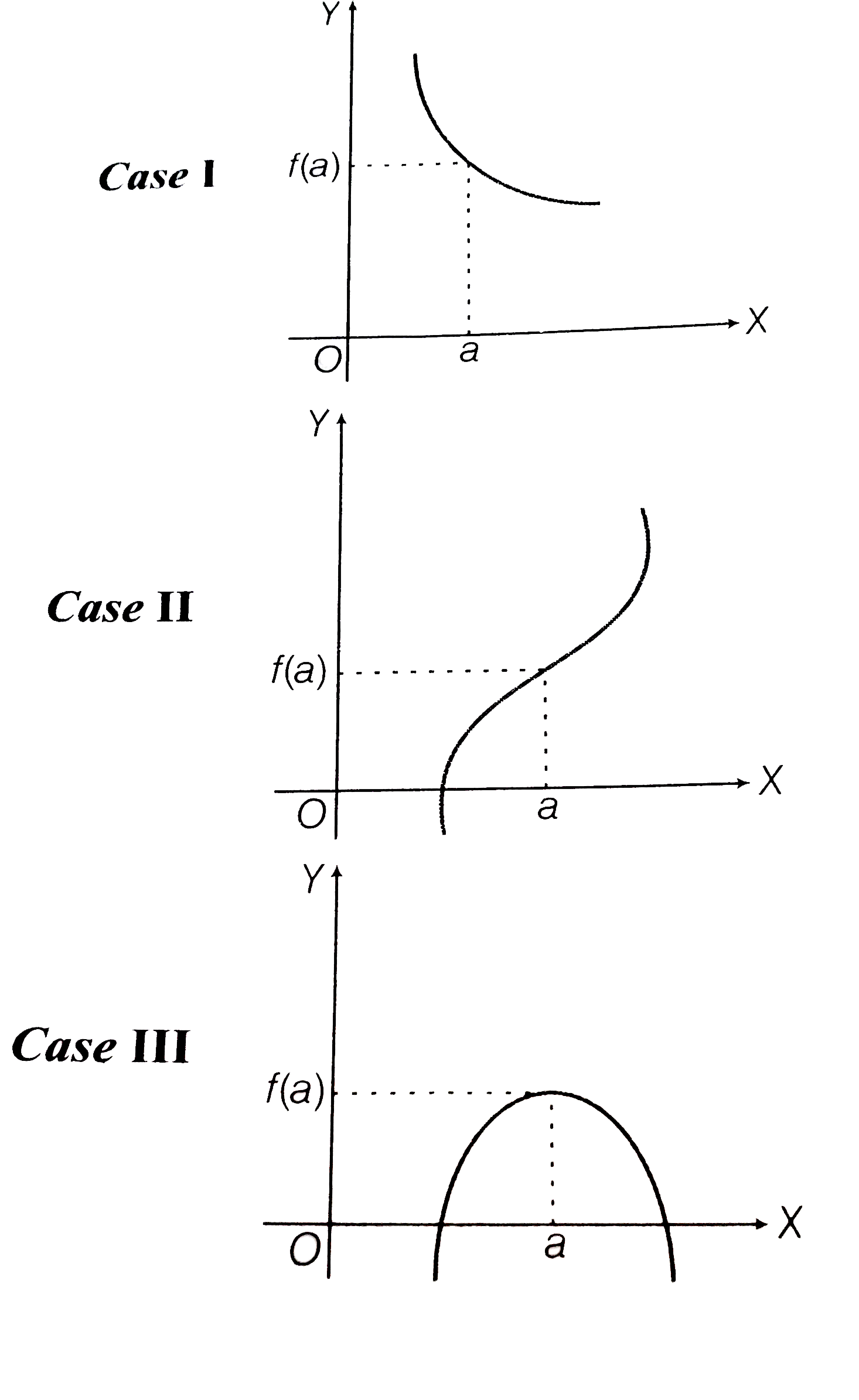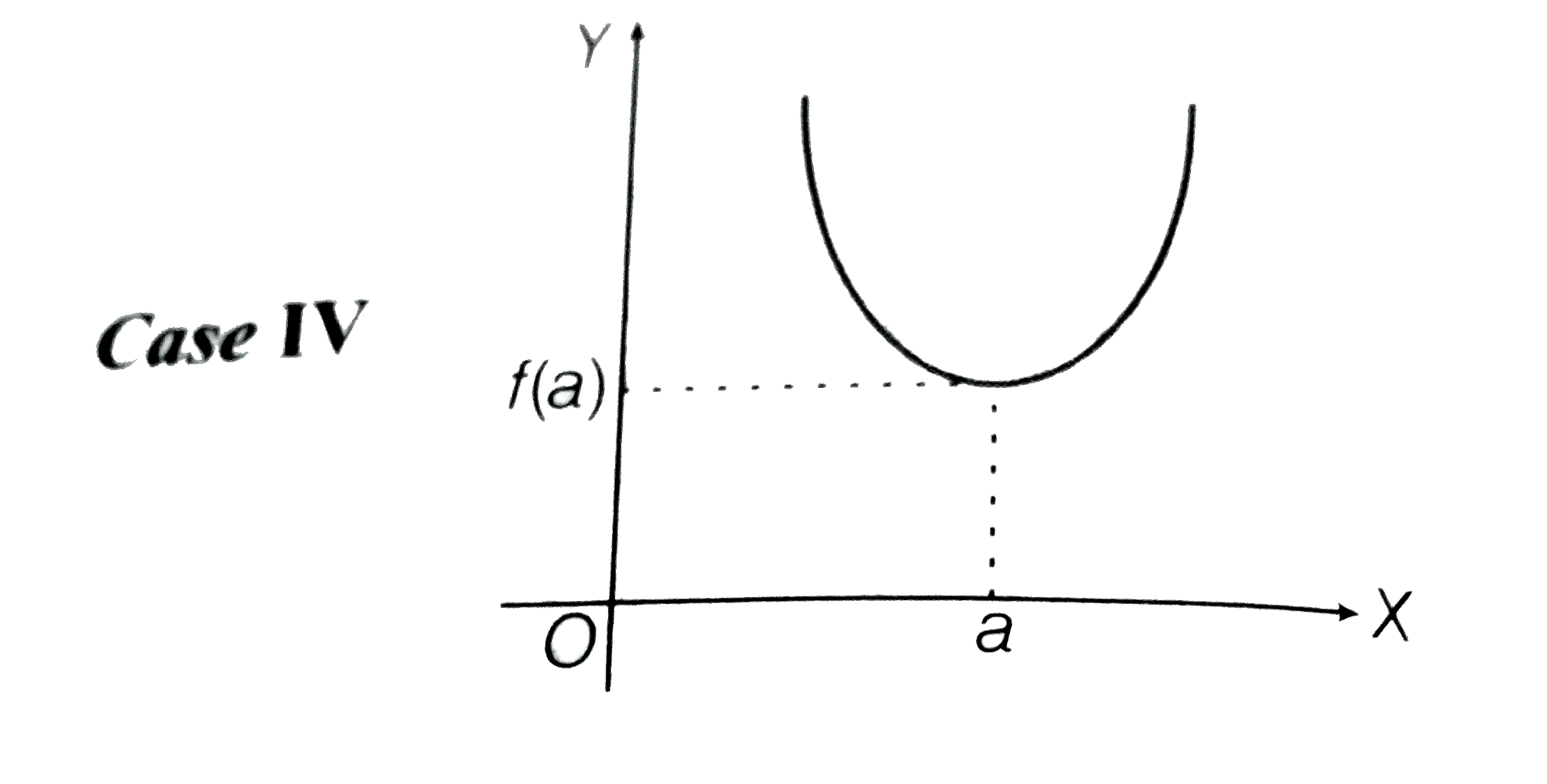For n∈N, let fn(x)=tanx2(1+secx)(1+sec2x)(1+sec4x)……(1+sec2nx), the limx→0fn(x)2x is equal to : Solution in Punjabi
0
2n
2n−1
2n+1
The correct Answer is:C
Step by step video & image solution for For n in N, let f_(n) (x) = tan ""(x)/(2) (1+ sec x ) (1+ sec 2x) (1+ sec 4x)……(1+ sec 2 ^(n)x), the lim _(xto0) (f _(n)(x))/(2x) is equal to : by Maths experts to help you in doubts & scoring excellent marks in Class 12 exams.
Updated on:21/07/2023Topper's Solved these Questions
- LIMITSBOOK - ARIHANT MATHSCHAPTER - LIMITSEXERCISE - Exercise (More Than One Correct Option Type Questions)
15 Videos
- LIMITSBOOK - ARIHANT MATHSCHAPTER - LIMITSEXERCISE - Exercise (Passage Based Questions)
10 Videos
- LIMITSBOOK - ARIHANT MATHSCHAPTER - LIMITSEXERCISE - SOLVED EXAMPLES
1 Videos
- INVERSE TRIGONOMETRIC FUNCTIONSBOOK - ARIHANT MATHSCHAPTER - INVERSE TRIGONOMETRIC FUNCTIONSEXERCISE - Exercise (Questions Asked In Previous 13 Years Exam)
8 Videos
- LOGARITHM AND THEIR PROPERTIESBOOK - ARIHANT MATHSCHAPTER - LOGARITHM AND THEIR PROPERTIESEXERCISE - Exercise (Questions Asked In Previous 13 Years Exam)
4 Videos
Similar Questions
If limx→∞4x(π4−tan−1(x+1x+2))=y2+4y+5 then y can be equal to
View SolutionIf limx→af(x)=1 and limx→ag(x)=∞ then limx→a{f(x)}g(x)=elimx→a(f(x)−1)g(x)
limx→0(sinxx)sinxx−sinx is equal to
View SolutionTo evaluate limx→a[f(x)], we must analyse the f(x) in right hand neighbourhood as well as in left hand neighbourhood of x=a. E.g. In case of continuous function, we may come across followign cases.


Iff(a) is an integer, the limit will exist in Case III and Case IV but not in Case I and Case II. If f(a) is not an integer, the limit exists in all the cases. ltbgt If f'(1)=−3 and limx→1[f(x)−12] does not exist, (where [.] denotes the greatest integer function), then
View SolutionIf α=3sin−1(611andβ=3cos−1(49), where the inverse trigonometric functions take only the principal values, then the correct options (s) is (are)
View SolutionIn Which quadrant Point (−2,−3) will be lie.
View Solutionsum_(r=1)^(n)tan((x)/(2^(r)))sec((x)/(2^(r-1)));r,n in N
View Solutionint(sec xdx)/((sec x+tan x)^(5))=((sec x+tan x)^(n))/(n)+c then n=
View Solutionif sec A=x+(1)/(4x) then prove that sec A+tan A=2x,(1)/(2x)
View SolutionThe value of limx→π/2{1sec2x+2sec2x+3sec2x+..........+nsec2x}cos2xis
View Solutionसिद्ध कीजिए कि ∫π/20sec2xdx(secx+tanx)n=nn2−1
View SolutionIf ∫tan3xsec3xdx=(1m)secmx−(1n)secnx+c, then (m,n)≡
View SolutionIf fn(x)−(tan.x2)(1+secx)(1+sec2x)……(1+sec2nx) then which of the following is not true?
View Solutionएक धन पूर्णांक n के लिए माना
fn(θ)=(tan.θ2)(1+secθ)(1+sec2θ)(1+sec4θ)...(1+sec2nθ), तब
View SolutionIf cos x + sec x = 2, then what is cosnx+secnx equal to, where n is a positive integer ?
View Solutionsin2xsecx+1⋅sec2xsec2x+1=tan(x2)
View Solutionf(x)=tan(x2)secx+tan(x22)sec(x2)+tan(x23)sec(x22)+.....+tan(x2n)⋅sec(x2n−1) and g(x)=f(x)+tan(x2n) where x∈(−π2,π2) and n∈N then g(x) is
View Solution
